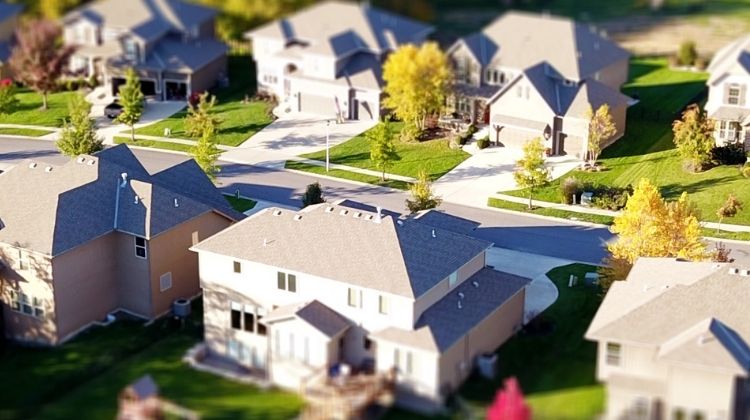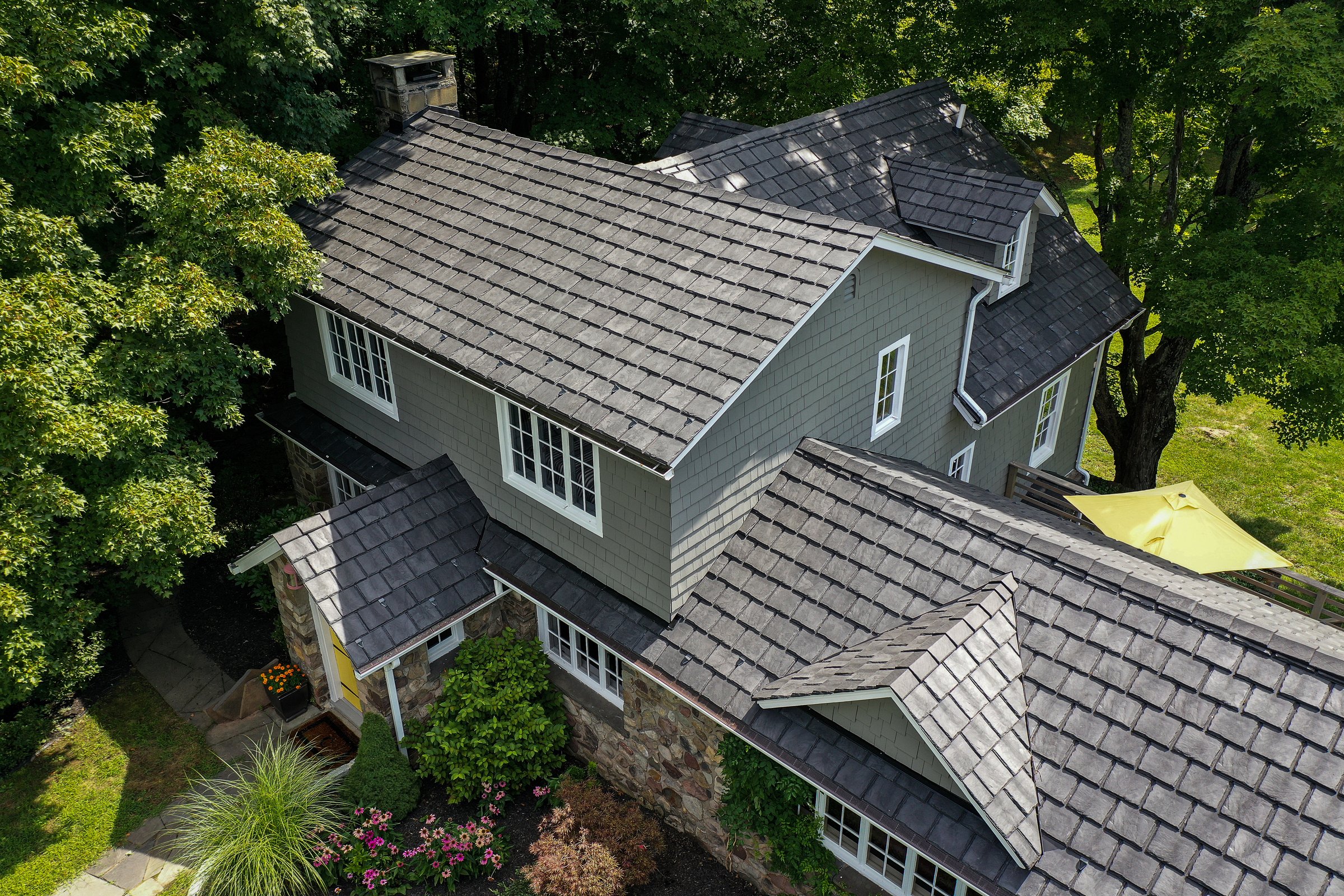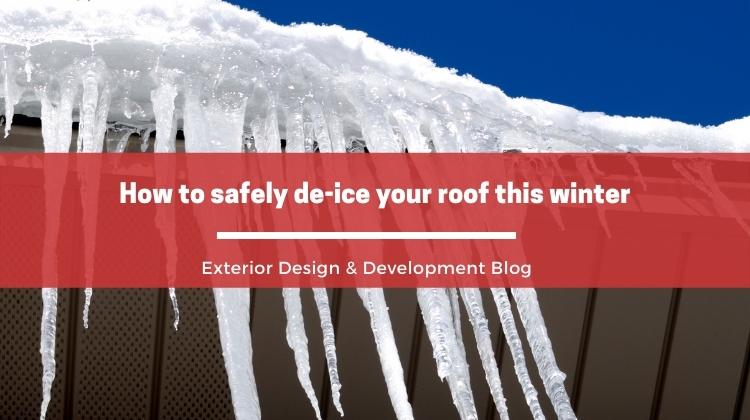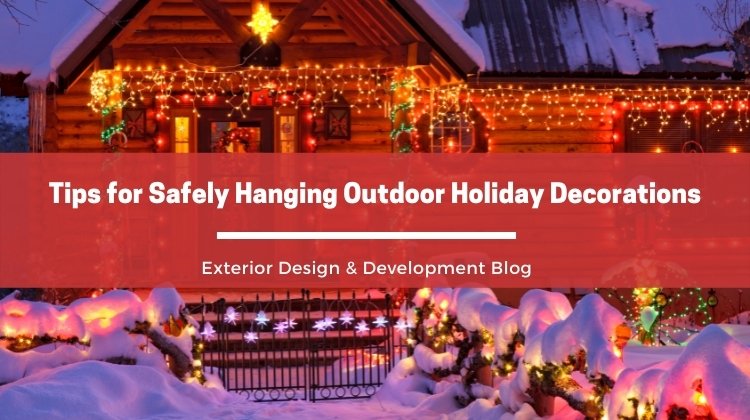Among the many things that can damage your roof, sun and heat rank high. Heat affects your roof on a consistent basis. Each season brings sunshine, so no sunny day is exempt.
Throughout the U.S. the amount of sun hitting your shingled roof, regardless of season, will cause your roof to warm. The heat produced will cause damage over time. Obviously, the summer heat will have the most dramatic effects.
To see the amount of sun your roof receives (by state), check out this website: https://worldpopulationreview.com/state-rankings/sunniest-states
So, exactly what does heat do to your roof?
Thermal Shock
Technically, your roof experiences thermal shock. As the sun’s ultraviolet rays beat upon the roof, the shingles expand. This change in temperature causes a mechanical load on the shingles. Temperatures will rise 20+ degrees above the heat index and can reach upwards of 150-degrees. Heat indexes above 90-degrees pose the highest threat to your roof.
Warping, Cracking, Decay
With expansion and contraction, the shingles will dry out, become brittle, and crack. Cracks allow moisture to seep under the shingle and over time this can rot the material beneath.
In addition to cracks forming on the shingles, the edges can curl, which also allows moisture and wind to further damage them. Debris and dust can blow in and become trapped in the spaces. This leads to further decay of the shingle.
Storm Damage
Heavy storms with wind can easily lift shingles that are damaged, as the expansion and contraction process loosen the nails that hold the shingles in place. Wind catches the warped and curled edges and easily pulls the shingle out. An open and exposed area for rain and further debris allows entrance to your home or business.
Discoloration
The sun’s UV rays will bleach out your shingles over time. Did you know the color of shingles is designed to reflect damaging UV rays to keep your home cool? Lighter colored shingles reflect the most heat, while darker shingles get hot faster.
As the shingles fade in color, they will not reflect the heat as effectively, causing you to use more energy to cool your home or business.
What can you do to protect your roof from heat?
Inspection
Avoiding the effects of nature is impossible, however, care and maintenance can prolong the life of your roof. Check your roof regularly to monitor the health of your shingles.
It is easy to view signs of heat or storm damage. Look for brittle, dry, cracked shingles. Check the edges near roof lines where moisture can seep in and damage eaves and soffits.
Some damage is visible from the ground, but most inspection will require climbing a ladder. If heights are not your thing, call a professional roofing company. They can be scheduled to do a full inspection. Issues can be addressed before they are serious, saving you money and prolonging your roof’s life.
Ventilation
Another thought that can help reduce the heat that affects your roof is ventilation. Roof ventilation helps reduce, and often prevent, heat to build up on the shingles.
Many homes have attics, the space between your roof and living/working area. Without proper ventilation area here, warm air and moisture can collect, causing the attic to overheat. With heat from above and below, your roof is compromised to do its job.
The life of most shingled roofs today is 20-30 years. While this is a major investment in your home or business, consider it a worthwhile one. Your roof protects your living or workspace.






